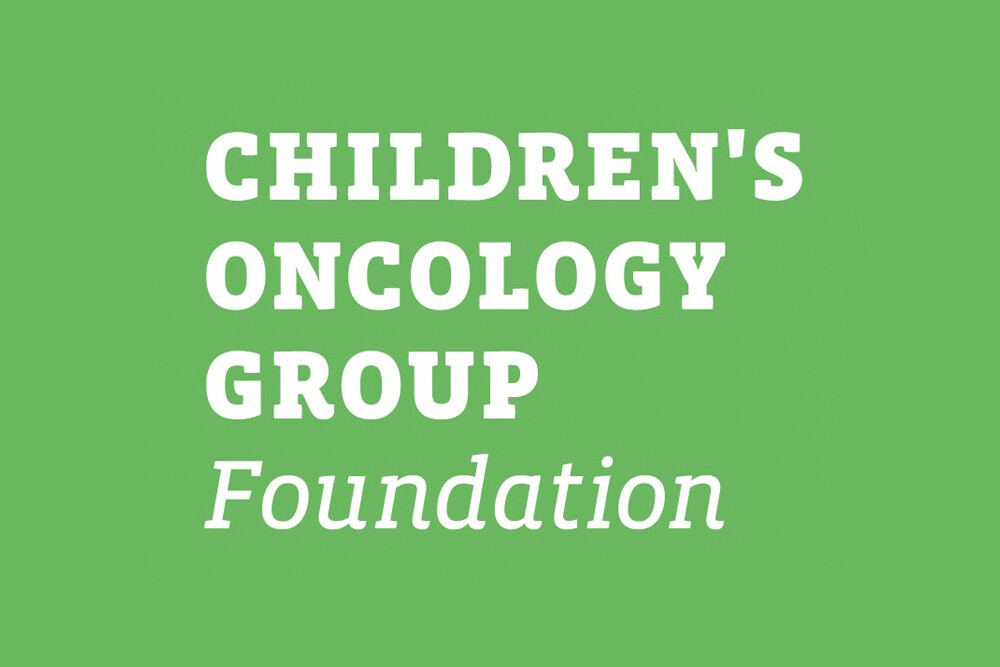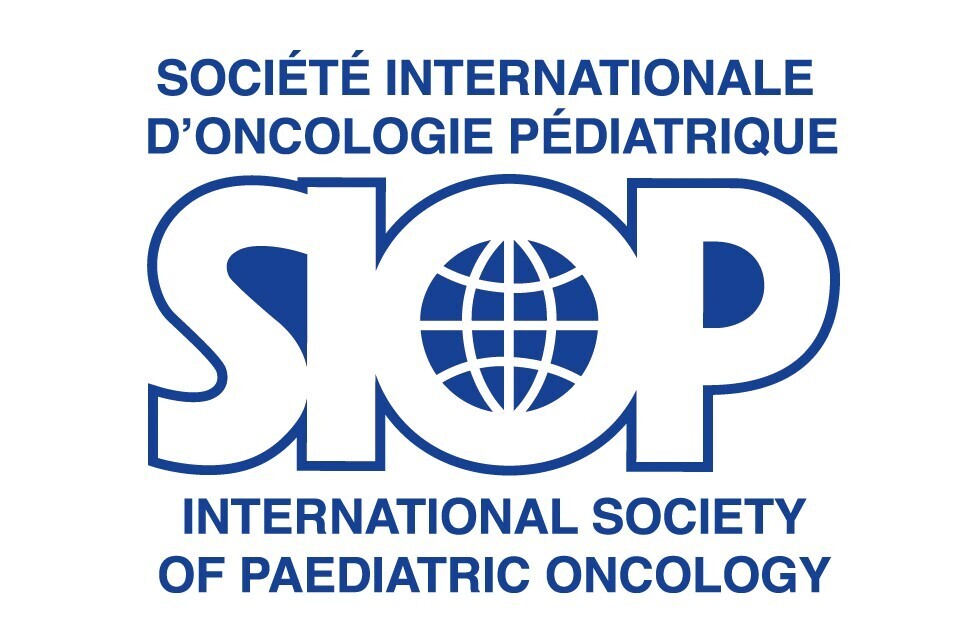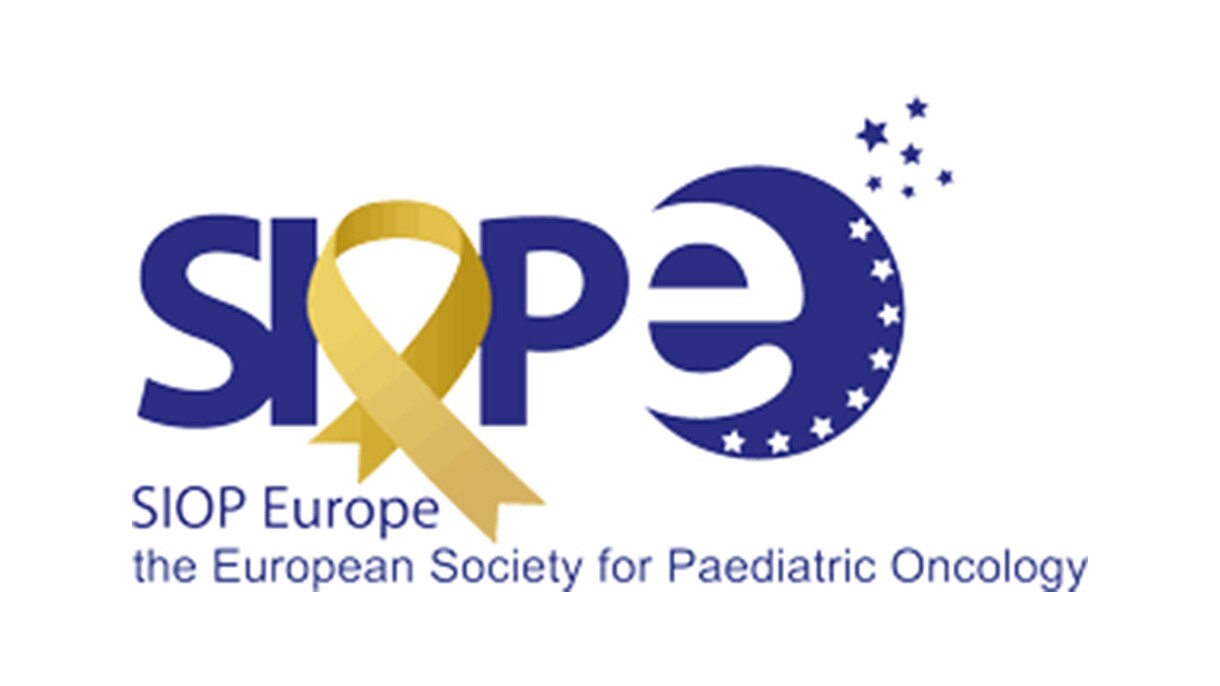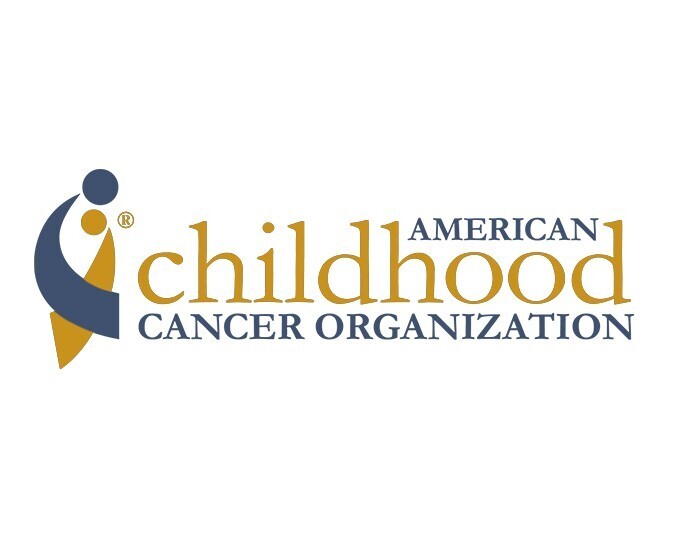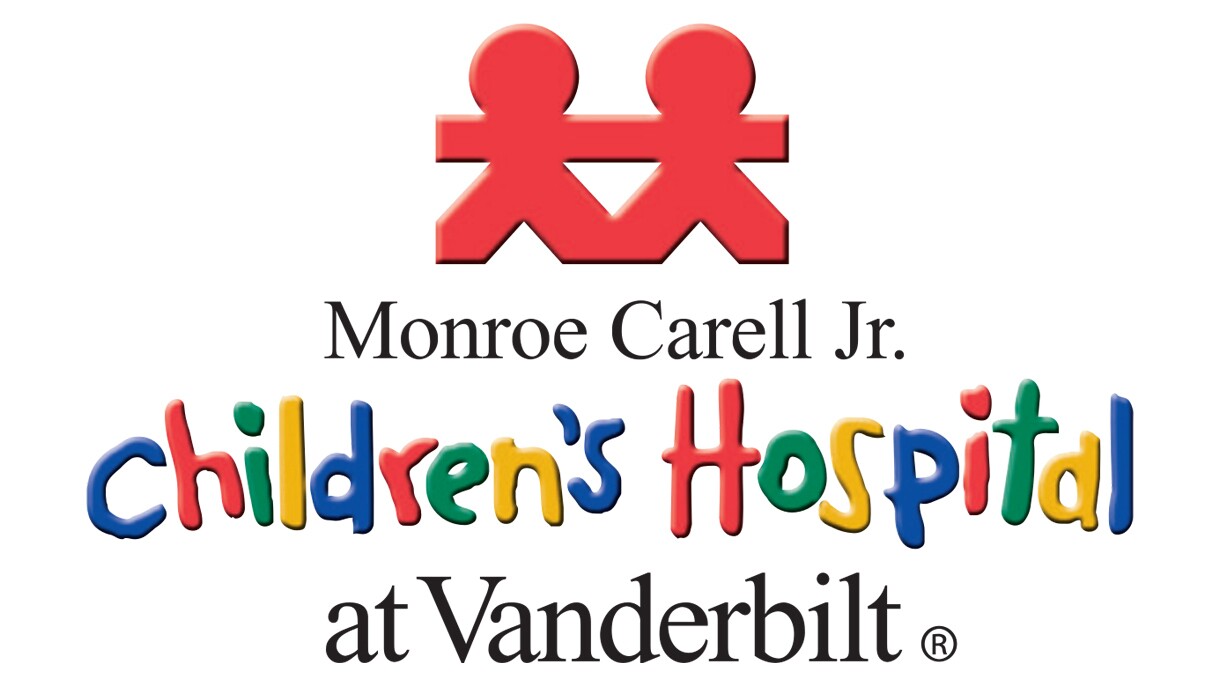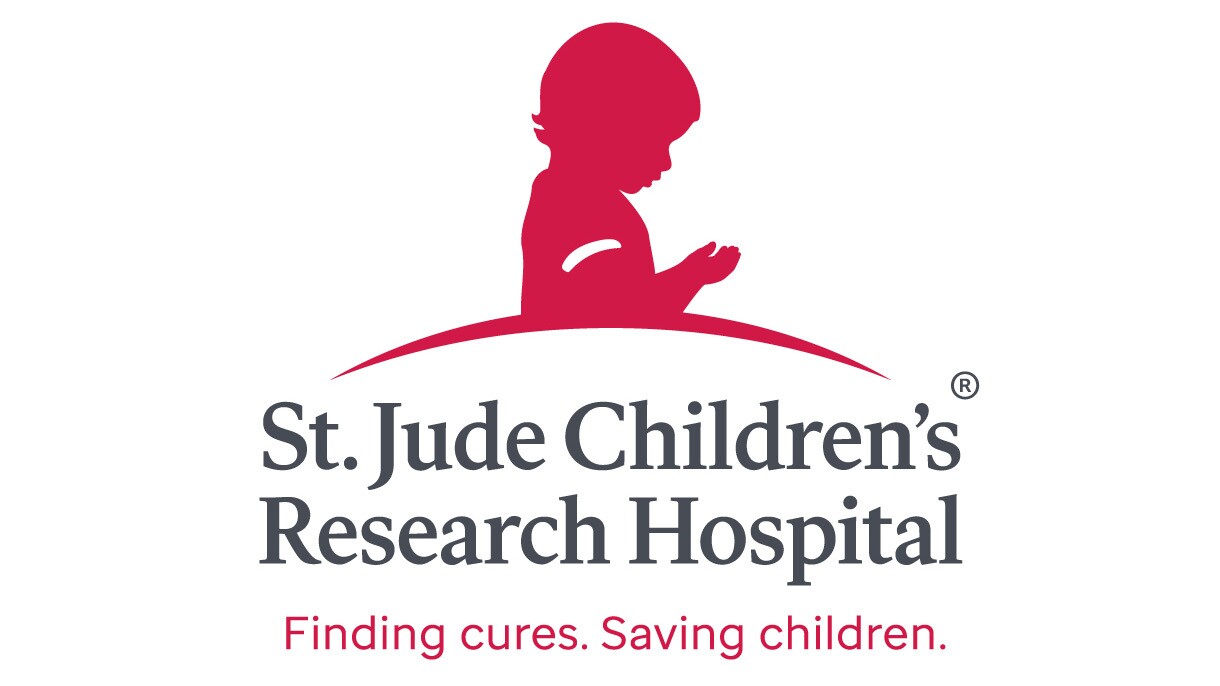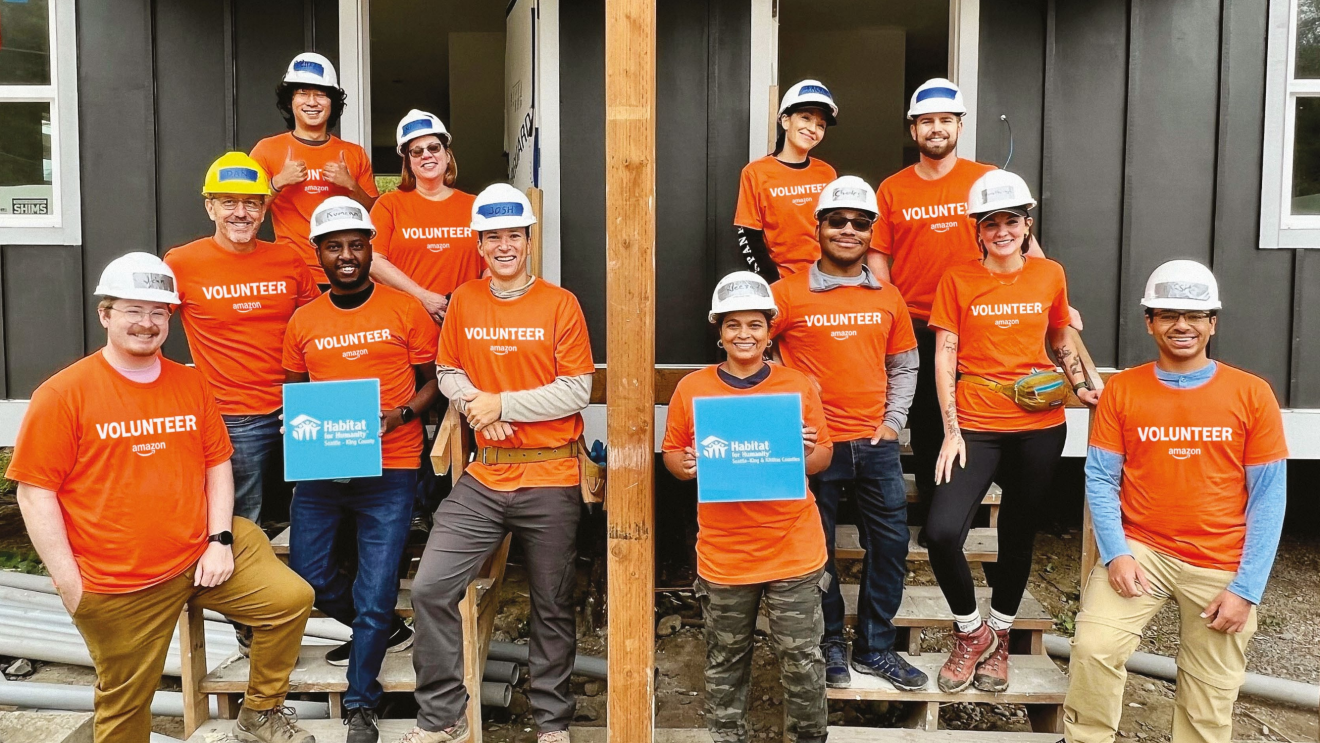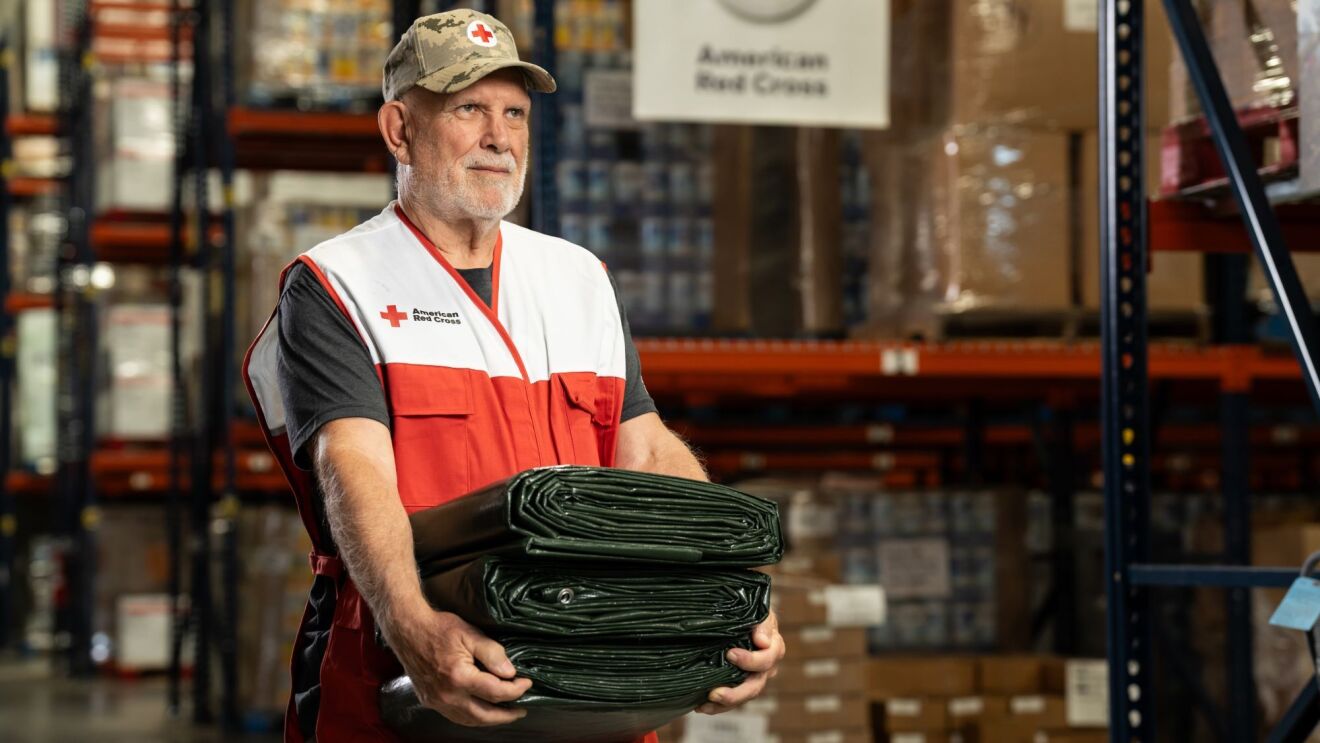Dr. Catherine Bollard has seen the damage that radiation and chemotherapy can do to children fighting cancer. Her childhood best friend passed away after complications from an intense treatment for Hodgkin’s lymphoma.
Now a physician and researcher at the helm of one of the leading childhood cancer hospitals in the U.S., Dr. Bollard has dedicated her life’s work to protecting children from cancer treatment complications. “It became clear to me that we needed therapies that only kill the cancer cells and not healthy bystander cells," she said.
 Dr. Bollard, director of the Center for Cancer and Immunology Research at Children’s National Hospital in Washington, D.C.
Dr. Bollard, director of the Center for Cancer and Immunology Research at Children’s National Hospital in Washington, D.C.Dr. Bollard serves as director of the Center for Cancer and Immunology Research at Children’s National Hospital in Washington, D.C. She leads research and clinical efforts to fight cancer and other diseases by strengthening a child’s immune system using cell therapy. The hospital is among Amazon’s grant partners in this year’s Amazon Goes Gold campaign, which has donated millions of dollars to support pediatric cancer research worldwide.
Looking back over the last five years, doctors and researchers like Dr. Bollard have been focused on developing new treatments that are better at killing cancer cells with fewer side effects. Among the new targeted therapies is an oral treatment that can reduce injections and, in some cases, remove the need for surgery by shrinking tumors.
Some children undergoing the treatment have experienced fewer side effects than traditional cancer-fighting medicines, and their doctors have been able to reduce the amounts of treatment needed.
Among the young patients benefiting from the new treatment is 3-year-old Wes, who was diagnosed with acute lymphocytic leukemia (ALL) in January 2021. Wes’ parents worked closely with his cancer team at Children’s National Hospital to understand how a more customized treatment plan would help their son without impacting his level of care.
 Wes, a 3-year-old patient diagnosed with acute lymphocytic leukemia, is one of the children benefiting from the new treatment options.
Wes, a 3-year-old patient diagnosed with acute lymphocytic leukemia, is one of the children benefiting from the new treatment options. The recent advancements in cancer treatments make it possible for Wes to endure fewer lumbar punctures and chemotherapy, giving him the chance to just be a kid as he fights cancer—and he especially likes the hospital’s art and music therapy programs.
"We are in awe of how the years of research that preceded our son’s diagnosis made things just a little bit easier for Wes,” said his mother, Kate. “Chemotherapy treatments are difficult but necessary, and so any reduction that doesn’t impact outcomes is a small gift to families who are looking at years of outpatient visits.”
At Amazon, children like Wes inspired us to ask:
What could be achieved in the next five years if we all come together to support pediatric cancer research?
Dr. Bollard is optimistic. With new technologies, oncology teams are able to better explore an individual patient’s cancer cells and determine molecular-level matches for specific treatments. In the coming years, these techniques will be used to treat more patients and to test patient cancer cells for more refined treatments.
"I think that [some] cancers may be treated without chemotherapy or radiation. Immunotherapy will become the standard of care and not a last resort,” said Dr. Bollard, who is also a professor of pediatrics and microbiology, immunology, and tropical medicine at The George Washington University.
Doctors and researchers continuing to improve outcomes, lessen toxicity, and increase survivorship for all children—working toward a day when all children with cancer can receive customized treatment that results in a cure.
Gold ribbons are the international symbol to support children fighting cancer. And for the fifth year, Amazon will “go gold” in September for Childhood Cancer Awareness Month to help raise awareness around pediatric cancer and the groundbreaking research being done in the field.

To honor Childhood Cancer Awareness Month, Amazon is offering three easy ways you can help support pediatric cancer research:
- Use your Alexa-enabled device to make a donation. Just say, “Alexa, make a donation to Children’s Oncology Group,” which is the world’s largest organization exclusively devoted to childhood and adolescent cancer research. You can also say, “Alexa, make a donation to Children’s National Hospital” or any one of our Amazon Goes Gold partners.
- Join a virtual tour of Amazon’s fulfillment centers in September, and we will donate $5 per guest to the International Society of Paediatric Oncology.
- Take a photo with your “gold box,” the gold-colored boxes that will be shipped with millions of Amazon orders in September, and post on social media using the hashtag #AmazonGoesGold to help raise awareness.
Since 2017, Amazon has donated $11 million worldwide to more than 150 pediatric oncology programs. Our teams have shipped more than 100 million gold packages with information about our nonprofit and hospital partners. And thousands of employees, partners, and site teams came to work—virtually and in person—dressed in pajamas to stand in solidarity, because pajamas are the battle uniform throughout treatment and recovery for many young patients.
Inspired by the innovative work of physicians and researchers like Dr. Bollard, Amazon is donating more than $5 million to seven leading cancer research institutions around the world and shipping 20 million “gold boxes” with customer orders this September to raise awareness about pediatric cancer research.
Learn more about this year’s Amazon Goes Gold partners and the incredible work they’re doing to advance the field of childhood cancer research:
01 / 08
Trending news and stories


